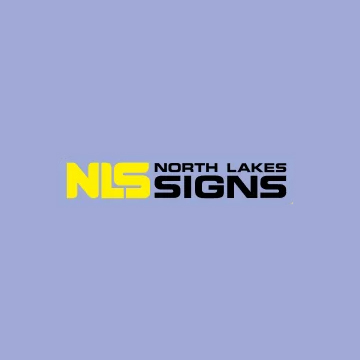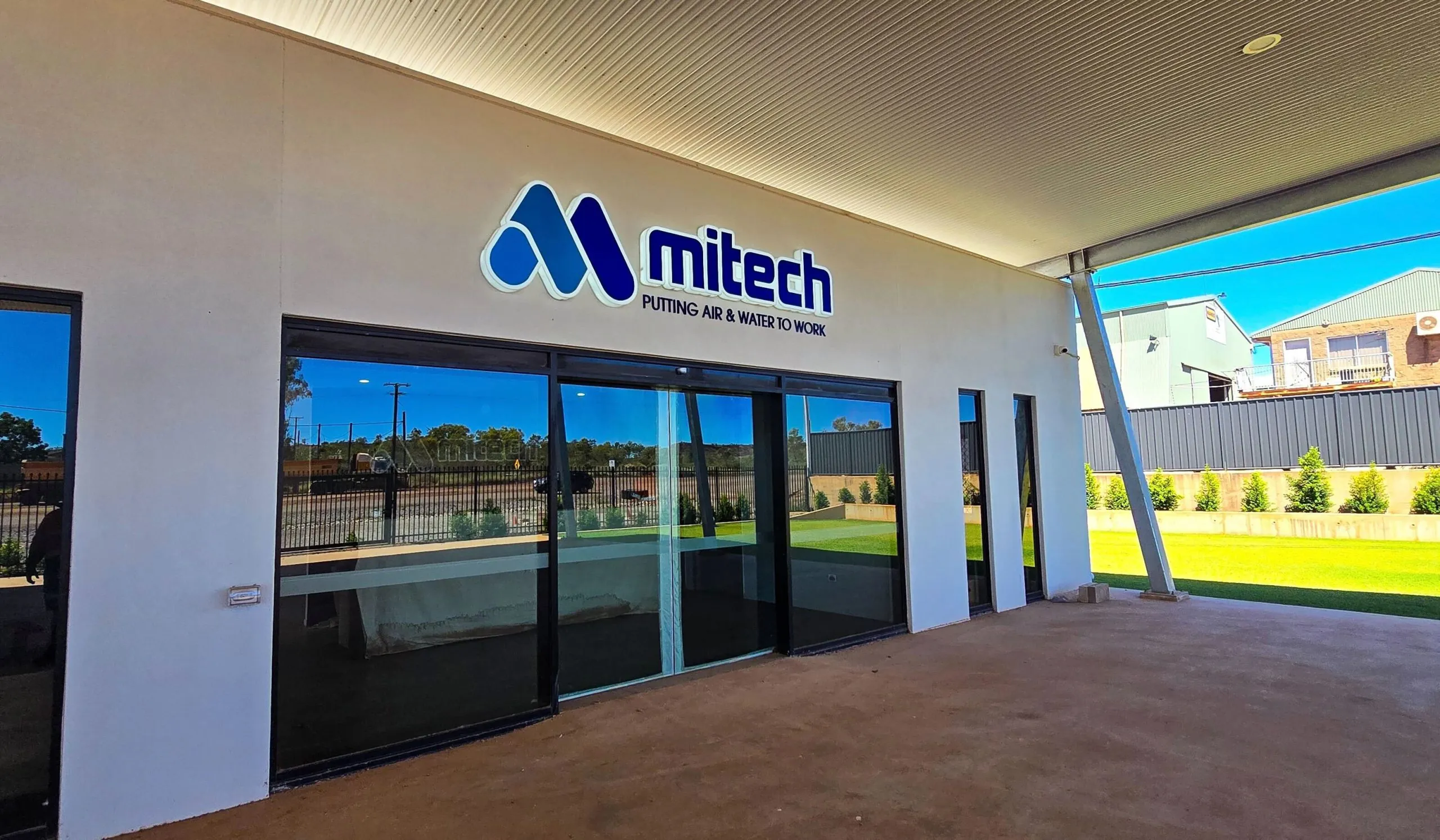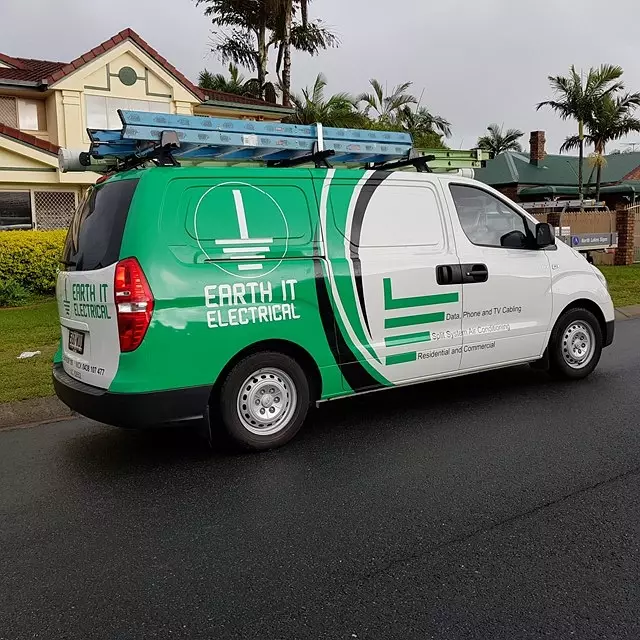Signage Compliance in Brisbane: What Businesses Need to Know
July 28, 2025
5 minute read
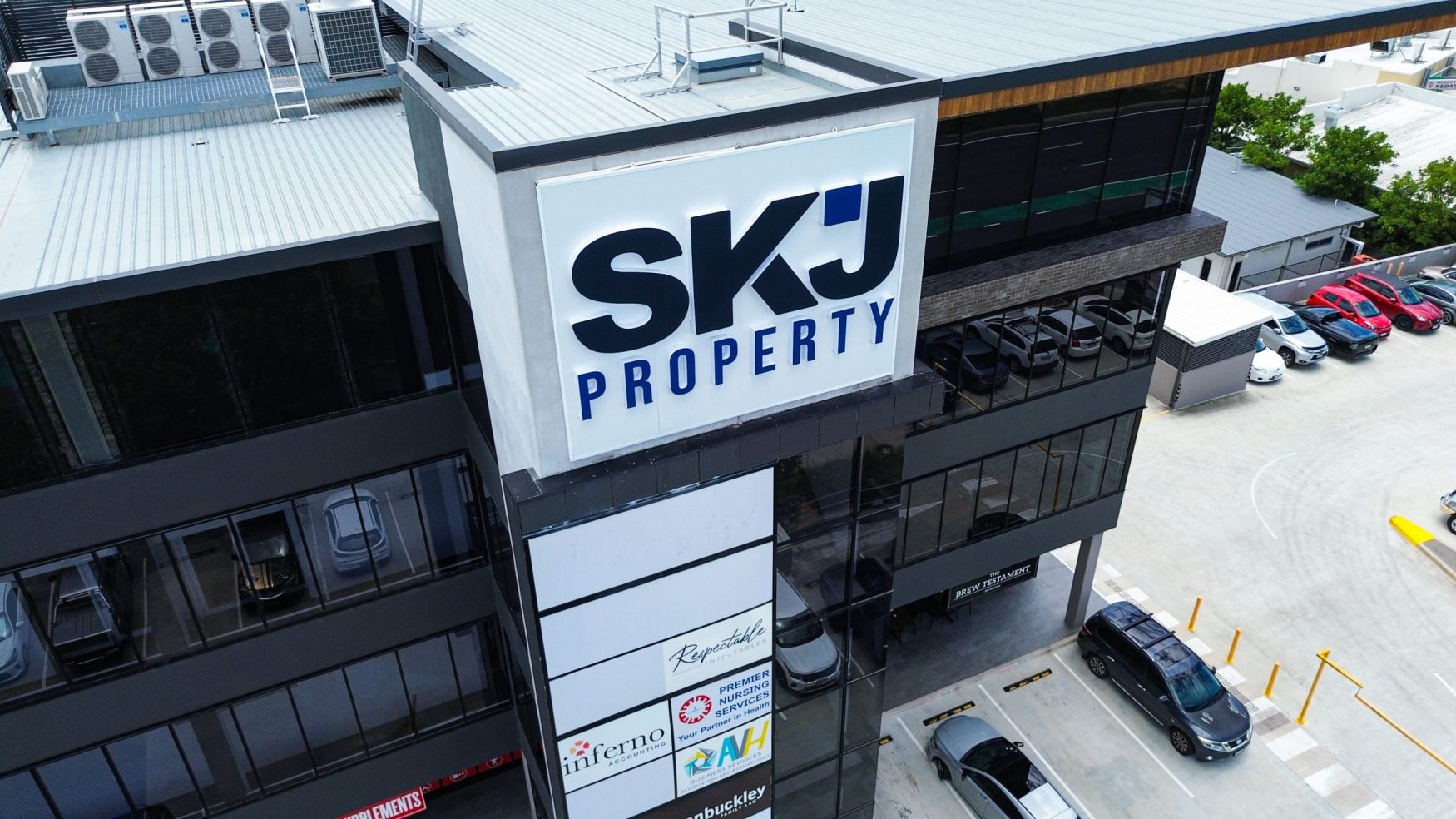
When it comes to signage, design and branding might grab your attention, but compliance is what keeps your signage standing. In Brisbane, signage is regulated under the Advertising Devices Local Law 2021, which outlines where, what, and how it can be displayed.
Non-compliance can lead to fines, removal, or costly rework, and it’s more common than many businesses realise. In some cases, the Council has ordered signs to be taken down due to being oversized, excessively bright, or unlawfully placed on public land. These issues often arise from misunderstandings about zoning, heritage restrictions, or self-assessable vs. assessable signage categories.
Whether opening a shop in Paddington, installing pylon signage in Brendale, or upgrading fascia signage in Chermside, understanding Brisbane signage regulations early is key to staying compliant and avoiding unnecessary delays.
A Business Guide to Signage Compliance in Brisbane
| Compliance Area | Key Considerations | Why It Matters |
|---|---|---|
| Permits & Approvals | Most signage in Brisbane requires council approval unless exempt (e.g., small business signs under certain size limits). |
Avoids fines, legal issues, and forced removal of signage. |
| Size & Placement | Restrictions on dimensions, height, and location depending on zoning and property type. |
Prevents visual clutter, ensures public safety, and maintains area aesthetics. |
| Illumination & Digital Signs | Additional regulations for light-emitting, flashing, or digital displays. |
Reduces distraction to drivers and light pollution for residents. |
| Heritage & Character Areas | Stricter rules apply in heritage-listed or character precincts. |
Preserves cultural and architectural identity of Brisbane suburbs. |
| Safety Compliance | Signage must not obstruct footpaths, traffic signs, or create hazards. |
Protects pedestrians, motorists, and business liability. |
| Maintenance & Condition | Signs must be kept clean, secure, and in good repair. |
Ensures professionalism, safety, and compliance over time. |
| Temporary Signage | Event banners, A-frames, or promotional signs often have short-term approval limits. |
Prevents long-term obstruction or clutter in public spaces. |
Why Signage Compliance Matters
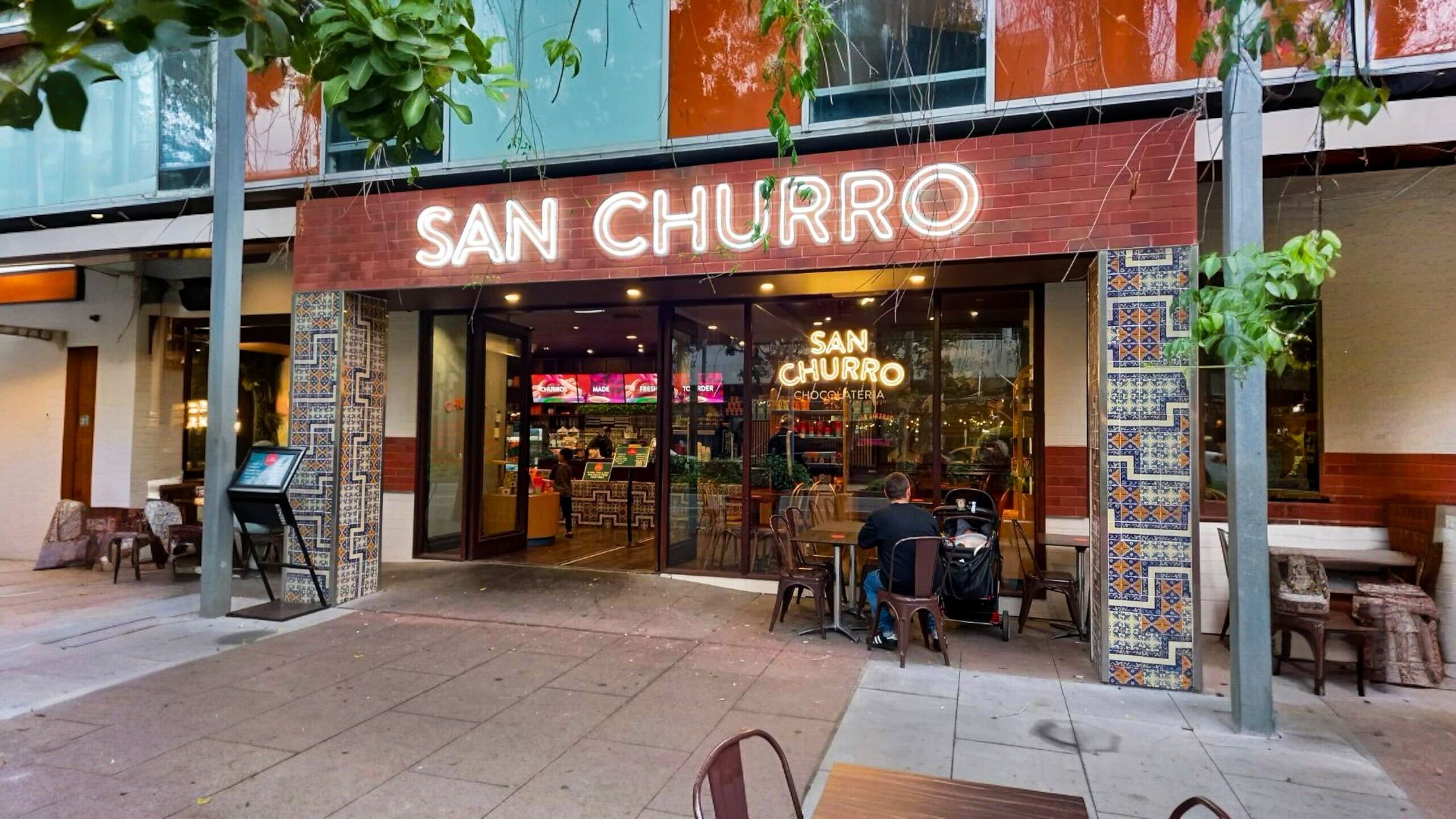
Business signage is more than marketing – it’s considered an advertising device under local law. That means it must meet criteria for:
- Structural Safety
- Aestethic impact on surrounding areas
- Zoning compatibility and property boundaries
- Neighbouring light exposure
For example, a business in the West End was ordered to remove a large illuminated fascia sign after residents filed complaints about glare. Another operator installed a freestanding sign that extended over public land without permission, triggering a council-issued takedown notice.
These real-world issues reinforce why compliance isn’t just a “formality.” It’s about protecting your investment and ensuring your signage remains effective and enforceable for years.
What Are the Key Signage Rules in Brisbane?
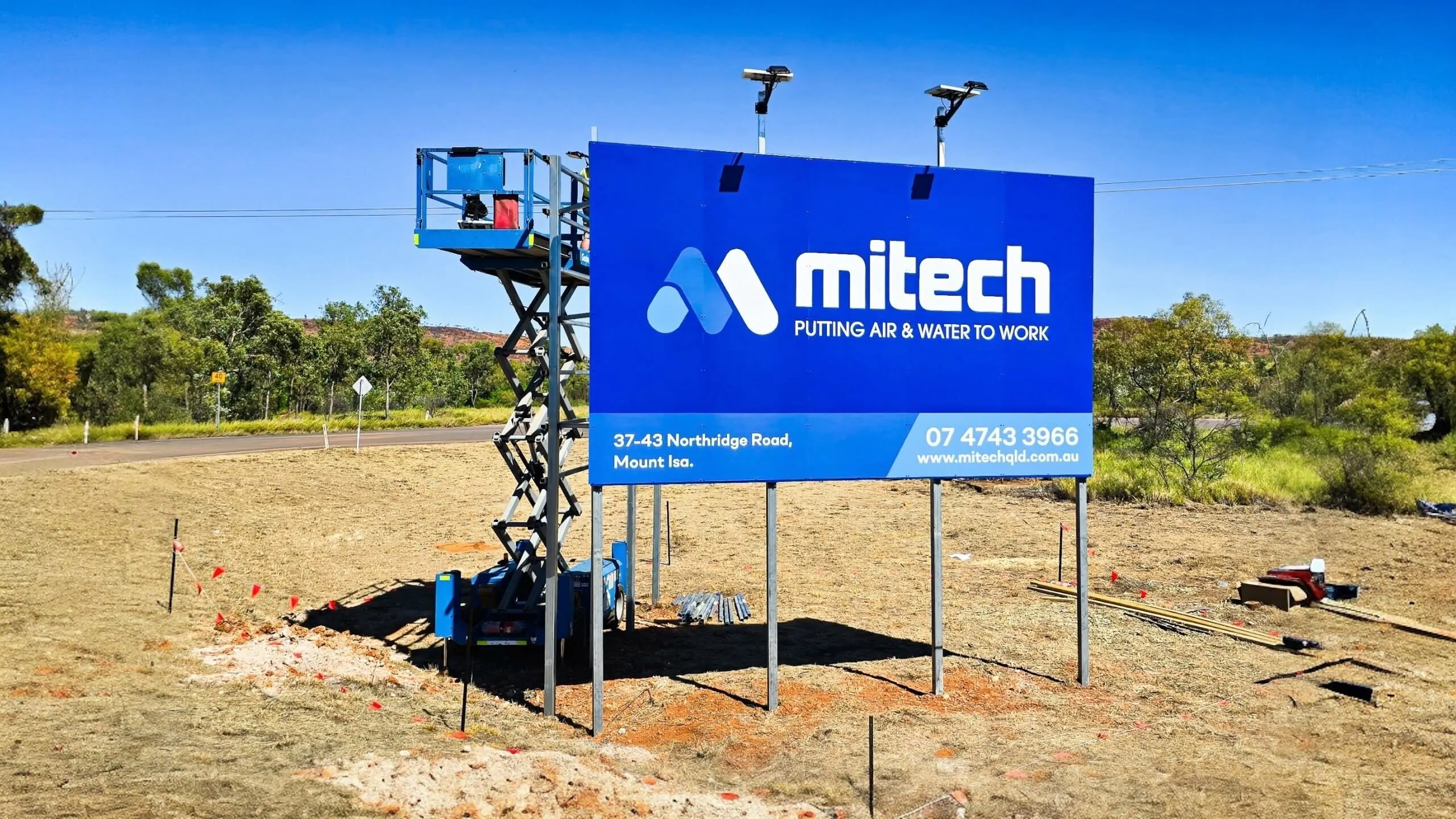
Here’s what businesses need to know across five core compliance categories.
1. Size Restrictions Based on Zoning
Your property’s zoning classification determines signage size allowances:
- Centre zones (e.g. strip retail) typically allow larger fascia signs but limit projecting or illuminated signs without DA
- Mixed-use zones often restrict signage height and surface area due to nearby residential dwellings.
- Industrial zones permit larger freestanding signage, but engineering is usually required.
- Low-density residential zones only allow small, discrete signs for home-based businesses.
Council also evaluates cumulative signage area, which means the total sign area must remain within a certain percentage of your façade (typically no more than 6% in some zones).
2. Placement & Clearance Limits
Brisbane signage must meet minimum placement criteria to protect sightlines and public safety:
- A minimum 2.4m clearance is required for signs projecting over pedestrian areas
- Setback rules apply to signs near intersections or property boundaries.
- Freestanding signs like pylon signage must be structurally certified within the property line.
- Signs must not obscure heritage features or dominate architectural façades.
In shopping centres or commercial buildings, landlords may impose stricter placement rules on top of Council standards.
3. Illumination & Digital Signage Controls
For any signage that is illuminated – including 3D illuminated letters or digital displays – additional rules apply:
- Brightness is limited to 300–500 candelas per square metre (cd/m²), depending on the location and time of day
- Lighting must be shielded to prevent glare into nearby homes or roads.
- Flashing, motion-based or colour-shifting displays require special approval or are prohibited in residential or heritage areas.
Non-compliant lighting is among the most common causes of complaints and enforcement action by the Council.
4. Development Application Requirements
You’ll need formal approval (a DA) for any signage that:
- Exceeds the allowable area, height, or brightness in your zone
- Projects over public land, such as footpaths
- Is freestanding and over a specified height (often 2.4m or higher)
- Is located on a heritage-listed property or in a character overlay zone
- Involves animated or digital display content
Council also evaluates the visual impact of signage on neighbouring buildings, especially in areas like the CBD or the West End, where amenity is a focus.
5. Engineering & Structural Compliance
Large, illuminated, or freestanding signage must comply with:
- Wind load ratings and footing depth requirements
- Structural engineering certification for safety and stability
- Proper fixings, anchoring, and water sealing, especially for wall and window signage
If you’re working with a signage company, ensure they provide signed drawings and use certified installers to meet these standards.
Prohibited Sign Types

According to Council law, these signage types are not permitted in Brisbane:
- Inflatable or air-filled devices (e.g. giant tube men, blimps)
- Bunting, streamers or pennants
- Handwritten signs or fly posters
- Roof-mounted signs above the ridgeline
- High-impact digital screens in heritage or character zones
Installing any of these could result in forced removal and fines.
Common Mistakes Brisbane Businesses Make
Avoid these frequent compliance pitfalls:
- Assuming small signs don’t require approval
- Installing signage before checking zoning overlays
- Using non-compliant materials or overbright lighting
- Neglecting centre-wide signage guidelines for tenants
- Failing to plan for engineering requirements upfront
Even something as simple as an unapproved banner or window decal in a heritage precinct can trigger compliance issues.
How to Stay Compliant (Without the Headaches)
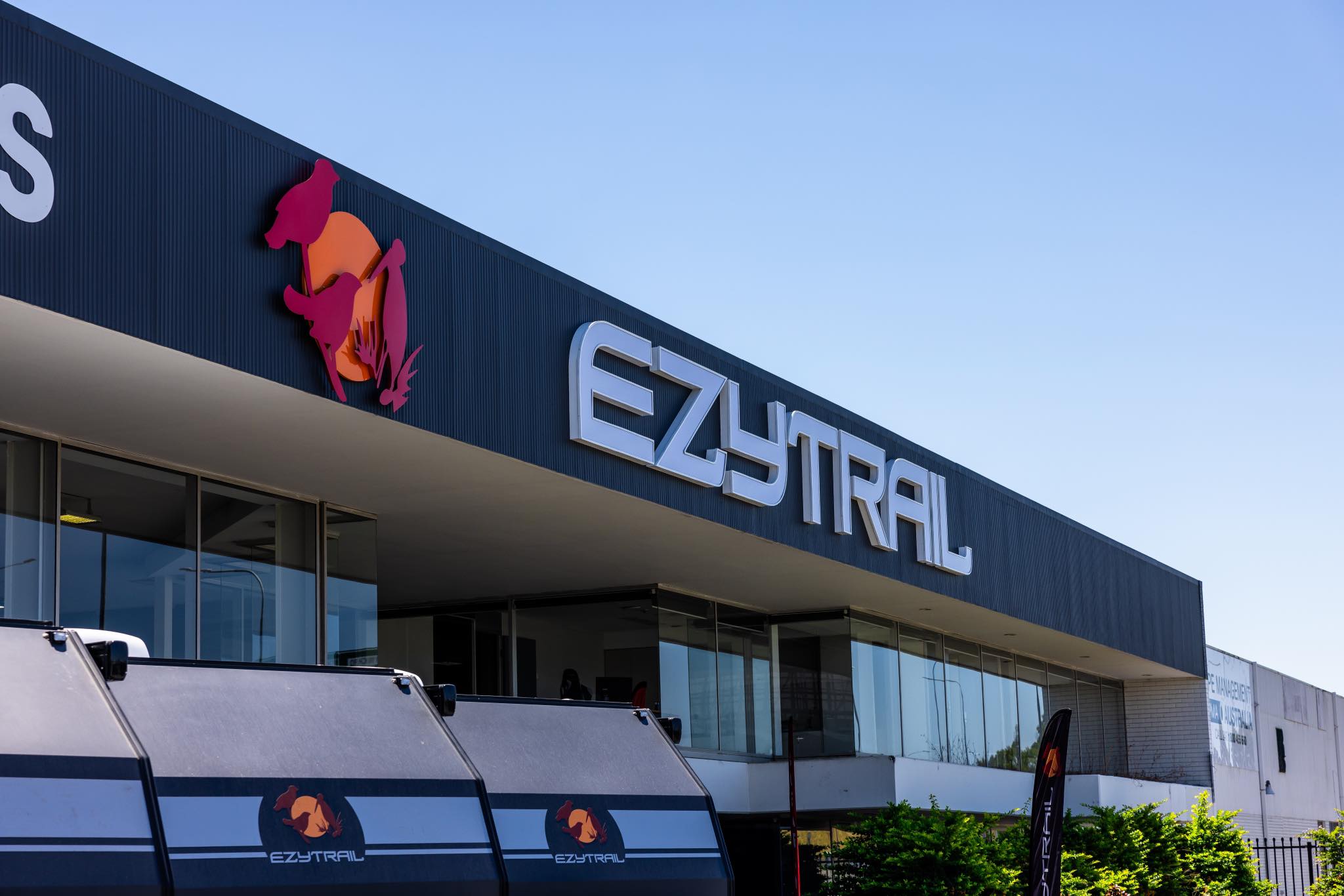
Compliance doesn’t have to be complex – with the proper guidance, it can become a smooth step in your signage process.
Here’s how to stay on track:
- Get advice early: Engage signage experts who understand Brisbane City Council’s approval pathways and can advise you before design begins.
- Prepare compliant documentation: Ensure you can access scaled drawings, elevation details, engineering sign-off (if needed), and product specs to support any DA application.
- Factor approval timelines into your fit-out: Some signage applications can take 2 – 4 weeks to review. Don’t wait until install day to discover that a sign won’t be allowed.
- Choose materials built for Brisbane’s climate: Our outdoor signage solutions are fabricated with UV-stable finishes, weather-sealed fixings, and long-term durability in mind.
Final Thoughts
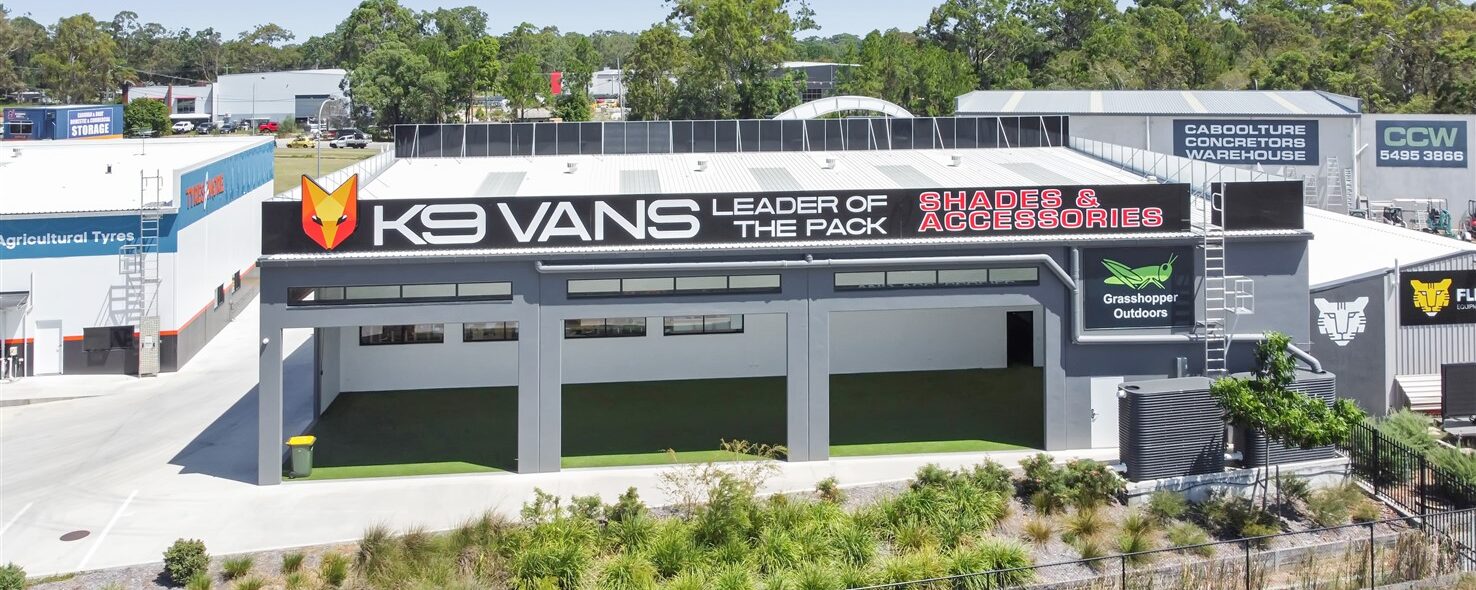
Getting signage compliance right protects your brand, budget, and long-term visibility. Planning for compliance from the start is far more efficient than risking fines, delays, or removal.
North Lakes Signs has helped over 8,000 Brisbane businesses navigate signage compliance – from council drawings and documentation to engineering certification and installation. With over 20,000 projects delivered, we understand how to design, build, and install signage that doesn’t just look great and ticks every box with Brisbane City Council.
Whether you need fascia signs, window graphics, pylon structures, or illuminated lettering, we ensure your signage is built to last and comply.
